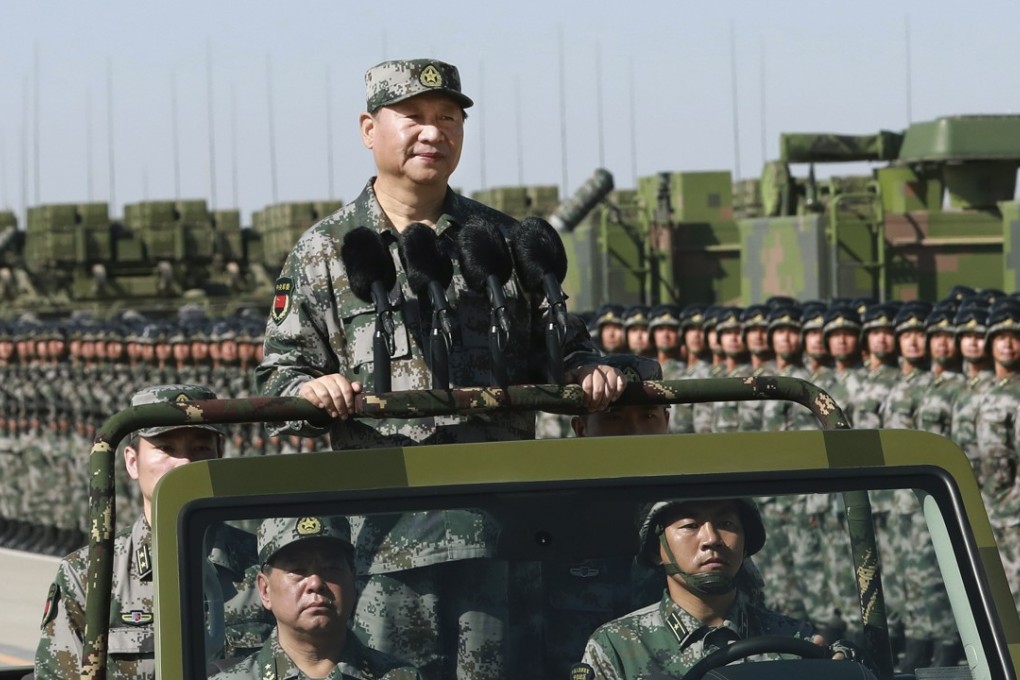Indian army would be no match for China if Doklam border row erupts
K.S. Venkatachalam hopes both countries will choose to talk to end the border impasse, as India is clearly underprepared to face any imminent Chinese attack while Beijing would have a lot to lose on the world stage

It pointed out that the army’s ammunition could last only 10 days – against the requirement of 20 days for any intense battle. And it questioned state-run ammunition suppliers, the Ordinance Factory Board, over quality and inordinate delays.
The report indicts the army, air force and navy over operational preparedness. It also raises concerns over the quality of India’s medium-range surface-to-air missiles, which have failed basic tests. The army has refused to accept the missiles and also questioned the quality of ammunition supplied. The report further pointed out that no missiles had been deployed at six designated sites near the Indo-China border to act as a deterrent.
In early June, Indian army chief Bipin Rawat said they were “fully ready” for war. That claim rings hollow following the CAG report.
India’s air force is seeking 42 squadrons of jets (750 combat aircraft), against the present 33 squadrons. Moreover, as many of its ageing Russian aircraft, in service since the 1960s, will soon be decommissioned, there is an urgent need to strengthen air power. The problem has been compounded by an alarming number of crashes of the ageing aircraft: 39 in the past four years.